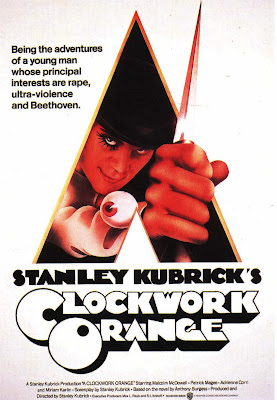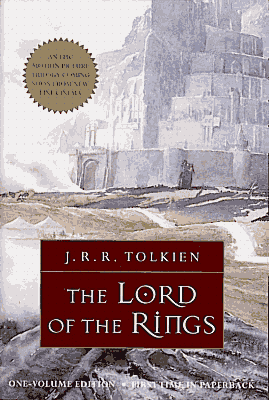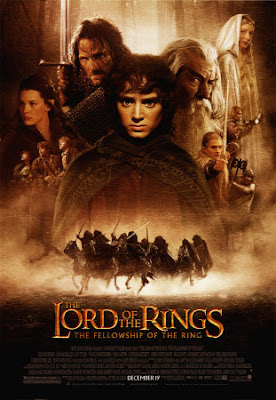
It seems certain that the first "fiction" film, L'arroseur arrosé (The Waterer Watered, 1895) by Louis Lumière (1864–1948), was based on an 1889 comic strip by "Christophe" and that two of the most famous early American narrative films, Edwin S. Porter's (1869–1941) The Great Train Robbery (1903) and Dream of a Rarebit Fiend (1906), were derived, at least in part, from contemporary theatrical and comic strip material respectively. Generally the earliest attempts at narrative cinema were taken from already existing literary or theatrical sources and have provided by far the largest proportion of script material for the cinema ever since. This process, however, has been regularly plagued by arguments over the vexed question of fidelity. To what extent should (or can) a film be "faithful" to its original source? Which aspects of literary or theatrical technique are compatible with the film medium and which cannot be successfully transferred? To what extent should filmmakers alter characterization, setting, or plot to suit their own interpretation of the original? Does it matter if the filmmaker changes the original almost completely and yet comes up with a cinematic masterpiece in its own right? Should a film adaptation, in other words, always have to justify itself in terms of its closeness to its literary original, or can the two be accepted and judged independently?
already existing literary or theatrical sources and have provided by far the largest proportion of script material for the cinema ever since. This process, however, has been regularly plagued by arguments over the vexed question of fidelity. To what extent should (or can) a film be "faithful" to its original source? Which aspects of literary or theatrical technique are compatible with the film medium and which cannot be successfully transferred? To what extent should filmmakers alter characterization, setting, or plot to suit their own interpretation of the original? Does it matter if the filmmaker changes the original almost completely and yet comes up with a cinematic masterpiece in its own right? Should a film adaptation, in other words, always have to justify itself in terms of its closeness to its literary original, or can the two be accepted and judged independently?
The questions continue to be debated. Most theorizing tends to split types of adaptation into three categories: strict, loose, or free (using these or somewhat similar terms). They also often distinguish between classic or well-known works where audiences already have some knowledge of the original and may expect to see this reproduced reasonably faithfully on the screen, and less famous or forgotten works where audience loyalty to the origina
works where audience loyalty to the origina l is less significant. Many critics accept a compromise: if the essence of the original (theme, mood, tone in particular) is preserved and not deliberately or incompetently distorted, then other, less crucial, changes are acceptable. The claim that a successful adaptation should be medium specific—thoroughly rethought in terms of film and the filmmaker's own creative approach and not hampered by inappropriate adherence to literary or stage techniques—is also now commonly held. Such a view, for example, would approve of A Clockwork Orange (1971) by Stanley Kubrick (1928–1999), despite its being disowned by the author of the original novel, Anthony Burgess (1917–1993), who felt that Kubrick overemphasized the violent and negative aspects of the book.
l is less significant. Many critics accept a compromise: if the essence of the original (theme, mood, tone in particular) is preserved and not deliberately or incompetently distorted, then other, less crucial, changes are acceptable. The claim that a successful adaptation should be medium specific—thoroughly rethought in terms of film and the filmmaker's own creative approach and not hampered by inappropriate adherence to literary or stage techniques—is also now commonly held. Such a view, for example, would approve of A Clockwork Orange (1971) by Stanley Kubrick (1928–1999), despite its being disowned by the author of the original novel, Anthony Burgess (1917–1993), who felt that Kubrick overemphasized the violent and negative aspects of the book.
The most difficult task for the filmmaker is probably to take a classic or currently popular work and present it in a way that avoids alienating those who have a commitment to their own interpretation of the original while simultaneously producing something that works successfully as a film in its own right. These adaptations would normally fall into the category of strict or loose, though free reworkings of, for example, William Shakespeare (1564–1616) (Joe MacBeth, 1955), Charles Dickens (1812–1870) (Rich's Man 's Folly, 1931; based on Dombey and Son), or Jane Austen (1775–1817) (Clueless, 1995; based on Emma) certainly exist. One of the most highly acclaimed examples of an adaptation that has managed to please both die-hard admirers of the original books and to be accepted as a cinematic masterpiece is Peter J
's Folly, 1931; based on Dombey and Son), or Jane Austen (1775–1817) (Clueless, 1995; based on Emma) certainly exist. One of the most highly acclaimed examples of an adaptation that has managed to please both die-hard admirers of the original books and to be accepted as a cinematic masterpiece is Peter J ackson's (b. 1961) version of J. R. R. Tolkien's (1892–1973) The Lord of the Rings trilogy (2001–2003).
ackson's (b. 1961) version of J. R. R. Tolkien's (1892–1973) The Lord of the Rings trilogy (2001–2003).
A more common resource, however, has been to take works that, for reasons of literary style, plot, or characterization, are more amenable to being "tampered with" and are less complete or self-sufficient in their original form, or that belong to literary genres such as detective or gangster fiction, thrillers, westerns, or science fiction, which are often considered to be marginal in terms of literary respectability and are thus less likely to arouse indignation if they are "betrayed" in the process of adaptation. Many of the finest American films fall into these categories, as do those of the French New Wave works that were based on Série noire (1979) or pulp fiction.
http://www.filmreference.com/encyclopedia/Academy-Awards-Crime-Films/Adaptation.html
No comments:
Post a Comment